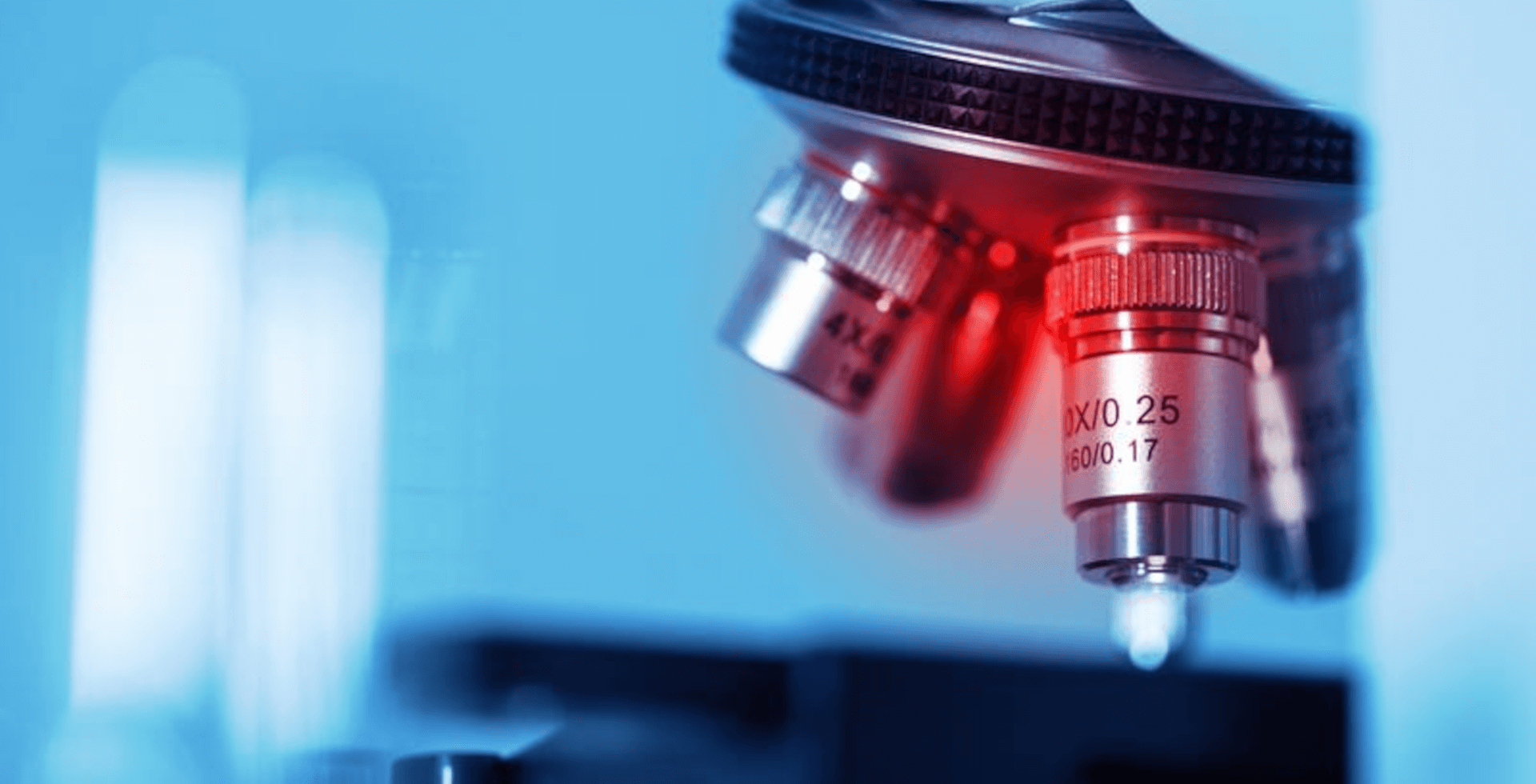Sustainability | ~ 3 min read
Resistance is futile

Resistance to antimicrobials has emerged as a major global public health threat. It occurs when bacteria and other microorganisms stop responding to medicines, making treatment of infections difficult or impossible. Targeted investment could be part of the solution.
The World Health Organisation (WHO) cites antimicrobial resistance (AMR) as a top 10 global public health threat describing it as drug resistance driven by overuse of antimicrobials in people and animals. 1 As a result over one million deaths annually are directly attributable to drug-resistance infections – a figure that could increase to 10 million a year by 2050.2 In addition to lives lost, the World Bank estimates a 3.8% global drop in GDP by 2050 resulting from AMR.
Dependence has led to overuse
Global dependence on antimicrobials has caused overuse and misuse. This is especially the case for the sub-group of antibiotics which are still being used extensively to combat the flu and Covid-19 despite being considered ineffective for viruses. The WHO figures show how this may have accelerated AMR – only 8% of hospitalised patients with Covid-19 had bacterial coinfections requiring antibiotics, yet 75% of patients were given antibiotics.
Antimicrobials are also used heavily in farm and aquaculture animals within the food chain. The EU’s Farm to Fork strategy seeks to address this by targeting a 50% reduction in EU sales of antimicrobials to these segments by 2030.
Additionally, the indirect impact of wastewater from hospitals or agriculture contaminated heavily by antibiotics not only accelerates the spread of resistance but can also lead to the emergence of new bacteria.3
Investment needed to scale up solutions
Rising levels of AMR resistance have prompted the WHO to seek solutions for effective and equitable access to new and existing vaccines, diagnostics and medicines in place of antimicrobials. Examples include:
- applying new research, such as an artificial intelligence-based solution discovered by MIT researchers.4
- addressing the rising incidence of floods carrying contaminated water – a major cause of the spread of cholera.
- improving diagnostics to determine absence or presence of bacterial or viral infections and avoiding overuse of antibiotics and antiviral drugs.
- providing access to clean water and enhancing filters and wastewater processing systems.
Furthermore, given the significant threat from increasing AMR, a globally co-ordinated response – similar to the Covid-19 pandemic – could mitigate future resistance risks.
Read how health solutions may offer investment potential,
Healthcare: how to live better
1 WHO, Antimicrobial resistance (who.int), November 2023
2 Antimicrobial resistance: a global threat | UNEP - UN Environment Programme, 2023
3 Wastewater more potent breeding ground for antibiotic resistance than previously known | University of Gothenburg (gu.se), April 2023
4 Using AI, MIT researchers identify a new class of antibiotic candidates | MIT News | Massachusetts Institute of Technology, December 2023






